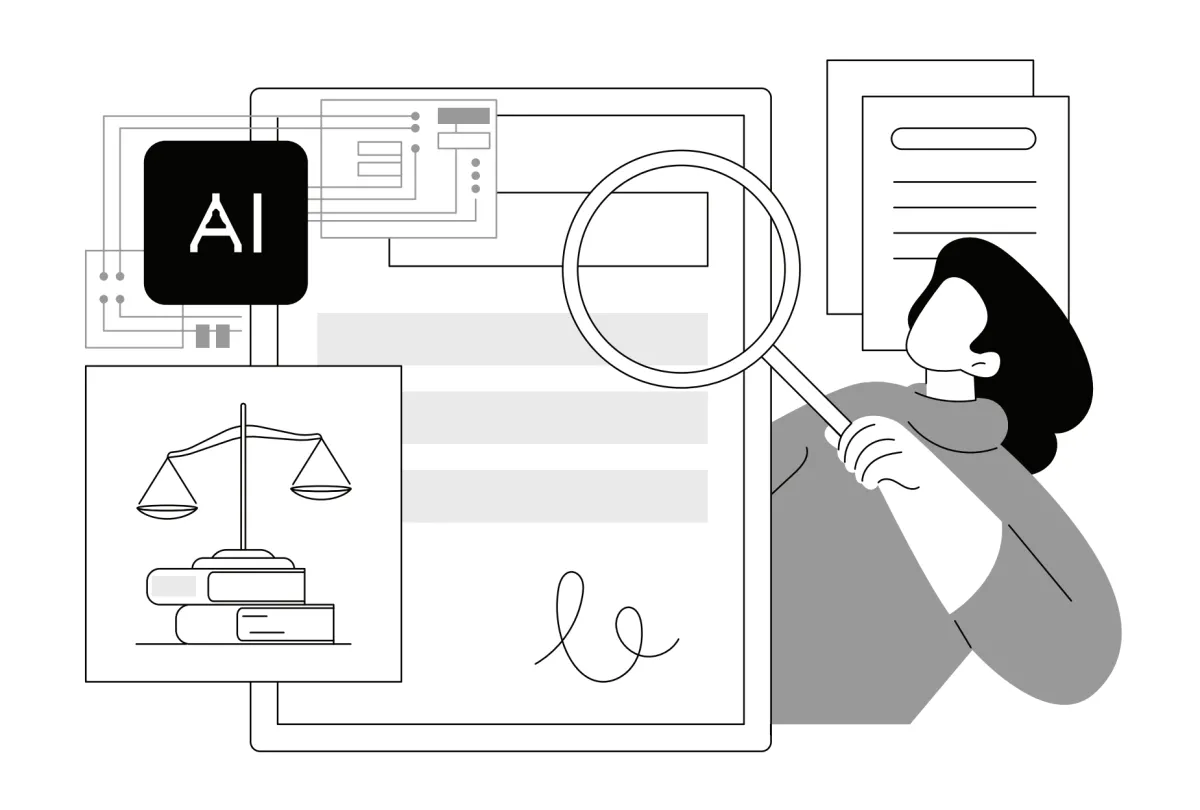

Courtesy of Door Number 3 Productions
Lisa Jackson is an Anishinaabe documentary maker working across multiple genres—film, XR, and installations—to share Indigenous stories and knowledge. Her most recent work, Wilfred Buck’s Star Stories, is a dome presentation bringing to life four star stories, gathered and told by renowned Cree astronomer, star knowledge expert, and author Wilfred Buck. It is a sister project to her 2024 documentary Wilfred Buck, which explored the astronomer’s life, work, and philosophy.
Documentary talked to Jackson about creating for different genres, reciprocity, and using technology in the context of sharing Indigenous knowledge. Star Stories, created in collaboration with the Macronautes, premieres at the 2025 Berlinale in the Forum Expanded section. This interview has been edited.
DOCUMENTARY: You first introduced audiences to Wilfred Buck in your last film, and now you are sharing his story and knowledge in a dome piece. When did you decide to adapt the Wilfred Buck material to a dome art work, or was it part of the development of the project?
LISA JACKSON: I’m known as a doc person, predominantly, who has dabbled in many genres. I spent quite a few years on the feature [Wilfred Buck], which is already hybrid in its approach. And I knew that Wilfred presents in a dome a lot, so creating something that he could play in his dome was very intriguing from the beginning.
I was always concerned about the question “How can I share Wilfred’s life story?” I was inspired by his memoir, and that infuses the feature, but there was always this sense that the feature may not capture everything—for instance, the night sky—in a way that really reflects its totality. I knew the film’s core would be a biography, and the star knowledge would be in there, but not be the main aspect of what the film is about. So I felt there was an opportunity to do something more, to reflect that knowledge.
When I experienced a dome for the first time, in a test dome at the National Film Board, I was like, “Oh, okay. Here you can have a group embodied experience.” That just always stuck in my head. We talked about maybe doing an AR thing where you hold up your iPad at the sky and you can see the constellations, but we settled on doing it as a dome piece.
Wilfred can show it whenever and wherever he wants. There’s an English narration version, a Cree version (his native tongue), a French version, and a music and effects version with no narration so he can narrate live. I would say the idea definitely started with wanting something that Wilfred could use.
D: It strikes me that you found the dome to be a collective embodied experience. We’re so challenged with this concept in the XR world. We want to have these immersive experiences, and the headset helps you embody yourself in that experience, but that’s not collective. And a cinema is collective, but you’re only sitting and watching a screen.
LJ: Years ago, I noticed that there was a lot of amazing, spectacular, more Hollywood-style imagery, which I of course enjoy. But I started to feel drawn towards things that made us feel more embodied. I had done a lot of research into Indigenous languages and realized how they could change your perspective.
There are many Indigenous languages with different characteristics, but there are some similarities that stood out in sharp contrast to English and Eurowestern languages that really blew my mind about how you would see everything about the world differently, including your role in the world through these languages. And that has since informed my perspective.
A lot of Indigenous artists’ connection to the living world around us is mediated through the body. Everything about Eurowestern culture is very much through a rational brain or mind thing, and less so about the heart or the spirit. In an attempt to become more holistic, my perspective, like many other Indigenous artists, moved towards things that felt more embodied because they innately felt more connected to the world and more empathetic. It just felt like it was a way to weave the world and our relationship to it back together.
Doing that in my work led me to virtual reality. As a filmmaker working in traditional filmmaking, the story arc is generally an individual, which is fine, but it really does center the human. I was interested in bigger ideas, and I started to feel that I could convey those things within environments that were a little more open and a little more visceral. There isn’t always a storyline, but there is an arc in the experience that you go through.
We’re in a time of polycrisis, and I don’t have any answers as an artist, exactly, but what I feel is important, particularly with the environmental crises, is the sense of wonder about the natural world. In my work, I try to reawaken a sense of humility and connection to the natural world, and to point to our responsibilities. There’s a lot I could say about an Indigenous worldview. It can often come across like a stereotype, but the sense that we are on top of everything just using it for our purposes is so embedded within a dominant Eurowestern cultural worldview that it takes some doing to reorient that perspective. And so as an artist, I think one of the things I’m trying to do is create immersive experiences that evoke that reorientation, rather than explain or describe it.
My sense about domes is that they have largely been in planetarium spaces and “educational.” This one is intimate in a lot of ways. It’s not voice-of-God narration. It’s the universe and the stars, but we include Wilfred’s personality and history. We embed his knowledge within his person, but also within an oral history that’s passed down. It’s connected to community. It’s not just telling you things you’re used to hearing about in astronomy: “Okay, here are some stories about the stars.” It’s going to encompass a wider view of what knowledge actually means.
Macronautes created the imagery, which reflects the wonder of the natural world. The visual experience is very expansive, but the knowledge is very grounded and specific and granular. I think that that combination is really having a strong impact on the people who have seen it.
D: That’s what I found so interesting about the piece. When you go into a planetarium, you have this educational, awe-like material about the universe that sometimes makes you feel very small, maybe disconnected compared to the natural world. But here you’re using familiar dome material, such as the stars and the universe, but it is an incredibly close and intimate experience engaging with Wilfred and his voice and his stories. It’s a way of upending and playing with your expectations—bringing those things together in this space where you can be open to new experiences because of that familiarity.
Your work has focused on these themes of Indigenous representation, and you’ve also talked about reciprocity. How has that been a guide to your process?
LJ: We use the term reciprocity, broadly speaking as filmmakers, to indicate how not to be extractive. All the licensing fees will be shared with Wilfred, because this is his knowledge, and that’s a sign of reciprocity.
But there’s also a bigger definition, which is the reciprocity of the living world that sustains us. We talk about “othering” people that we’re not familiar with. But I think in some ways, we “other” even the world—we turn it into a commodity. We certainly live in times where that’s easier to do. The sense of a reciprocity, like a sense of connection, is so critical. When the concept of nature becomes separate from people, it kind of absolves us of our responsibilities towards it, because it’s othered, it’s that thing out there.
Indigenous knowledge is one of the most stereotyped things. This idea of reciprocity is also about not putting Indigenous knowledge in these tight frames that we’re used to seeing them in. You have to break the mold a little bit.
D: Wilfred talks about the earth and stars, the past and the present, about how to “live a good life with future generations in mind.” You also talk about past and present, and this idea of representing Indigenous ideas, which sometimes people stereotype as stuck in the past. You’re using these advanced technologies to represent this knowledge that is rooted in tradition. This is a juxtaposition that I find really interesting, to see how you can make something almost more natural using the technology that is there.
LJ: It’s interesting to use technology to try to provoke an experience of something that’s more natural. For Star Stories, I was lucky to collaborate with Macronautes, an artist collective in Montreal that has worked on planetarium projects. They were the ones who held that expertise, and I’m the main producer and lead director of it.
What I came to them with was actually quite simple: I want to be under the night sky, to feel the majesty of that. I want to maybe have a little bit of wonder. So at the beginning and end, you’re flying through the cosmos. Then I wanted to get inside the meteorites, and that was one of the trickier parts. When I saw an image of how meteorites morph when cross polarized light goes through them in a microscope, I thought that was stunning. It goes from looking like a basic rock to these spectacular colors. Amazingly, there are very few special effects—it’s just the natural world.
The other vision was to have these abstract parts, to move a little bit between the real and beyond. They’re all real things that we’re seeing, but there’s a level that’s a little bit more. The meteorites were tricky because we had to essentially map them. We had to take a square image and then map it over the dome. Everything else was shot or created for a dome. There’s watercolor painting that goes around and is mixed with real landscapes. The effect, which I think is really beautiful, is that it’s mostly real, but with a little sense of almost fantasy. It matches a very concrete world view that Wilfred is sharing with us, but also can be a creation story. The binaries of Western thinking are “that’s a story, that’s science.” I felt that visuals that are mostly real but also elevated environments are a great corollary to stories that I was encouraging people to take in at face value and not try to assign what is real. These things are all real.
D: You were just part of the cohort for the Worlding project at MIT’s Co-Creation studio. Wilfred talks about how Indigenous knowledge is bringing things from the past, putting it in the present, and moving us to the future. In terms of Indigenous knowledge and the use of technology, is there an embrace? Is there skepticism? How do you plan to use these tools?
LJ: Wilfred came to Montreal when we were making it and we did a screening, and he loved it. From a technology perspective, he was like, wow. He trusts me, and he recognizes that I have an ability to reach people. Can this knowledge reach people through these mediums? And does Lisa have the expertise to do that? Yes, she does.
In fact, I have a clip where he talks about one of his elders saying to him, “You know, we have to start using technology to reach young people.” It was around helping their own Indigenous young people, but observing that this is where they are, and this knowledge can be shared in those ways. So Wilfred strongly believes that there’s no barrier whatsoever to technology. People within the community recognize the value of it. Especially in Canada, our Indigenous Screen Office has been a leader in what we call Indigenous screen sovereignty. Nothing about us without us.
A number of people are using technology to advance Indigenous futurism. Again, it’s about unseating the idea that Indigenous knowledge was valuable in the past, but it’s not as relevant going forward. I don’t think anyone in the Indigenous community believes that. A broader audience is recognizing teachings that could be valuable going forward, and I don’t see technology as an impediment to that.
I’m developing a feature on the sturgeon that will be a multi-thread film, an extension of similar ideas in Wilfred Buck. They are one of the oldest creatures on the planet, yet they’re on the brink of extinction, largely because of caviar and dams and the way that we manipulate waterways. Many Indigenous folks will say water is life, a symbol of the natural flow of things. But with shipping channels, dredging, creating concrete, etc., we take waterways and use them to our own means.
I was ideating around a potential XR for the sturgeon concept, and Worlding was a chance to explore what that might be. Maybe XR can dive a little bit more into an immersive zone. I was shocked when I got a sense of how many dams are on every single river. I’d be curious to turn that into data, to visualize it—that’s the inspiration around what an XR might look like. I’m going to start with the feature first, and see what can develop.
We’re always asking ourselves: why and should we? For this story, is there something about this technology or method that embodies some deeper ideas that can provoke something in the audience?
Karen Cirillo is a cultural worker, documentary programmer and producer, and writer. She is currently based in Istanbul, where she creates multimedia work and events, writes, and manages visual projects for UNDP and other organizations.




